
- Quick contact : 9447749270
-
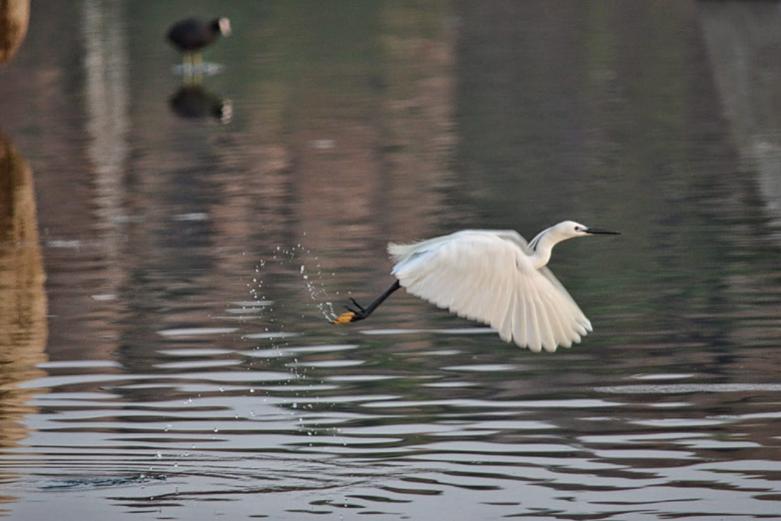 Jaisamand Sanctuary Water-birds can also be seen here.
Jaisamand Sanctuary Water-birds can also be seen here. -
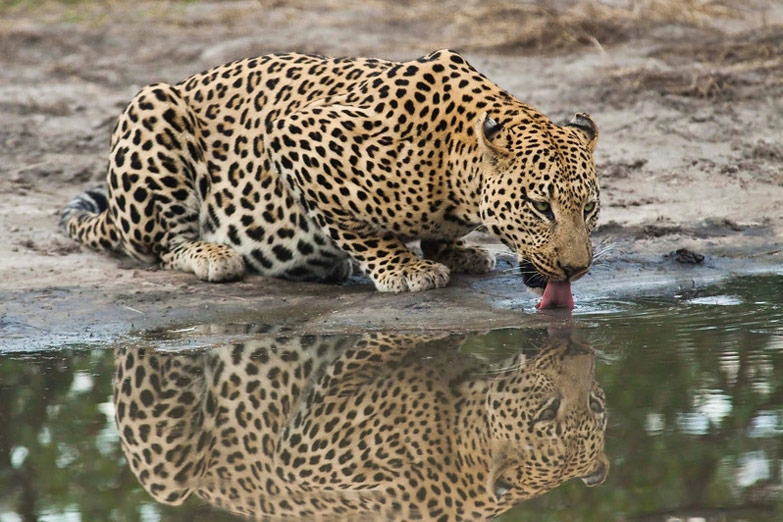 Kumbhalgarh Wildlife Sanctuary Panthers and sloth bears .
Kumbhalgarh Wildlife Sanctuary Panthers and sloth bears . -
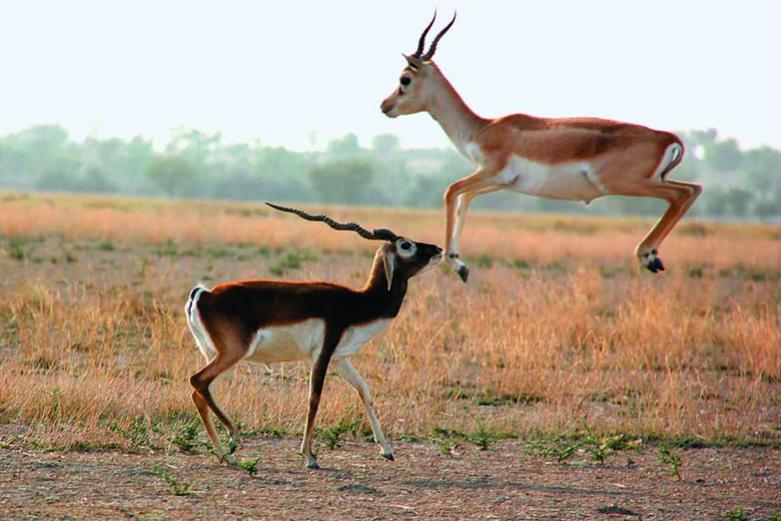 Tal Chhapar Sanctuary Located on the borders of Thar Desert.
Tal Chhapar Sanctuary Located on the borders of Thar Desert. -
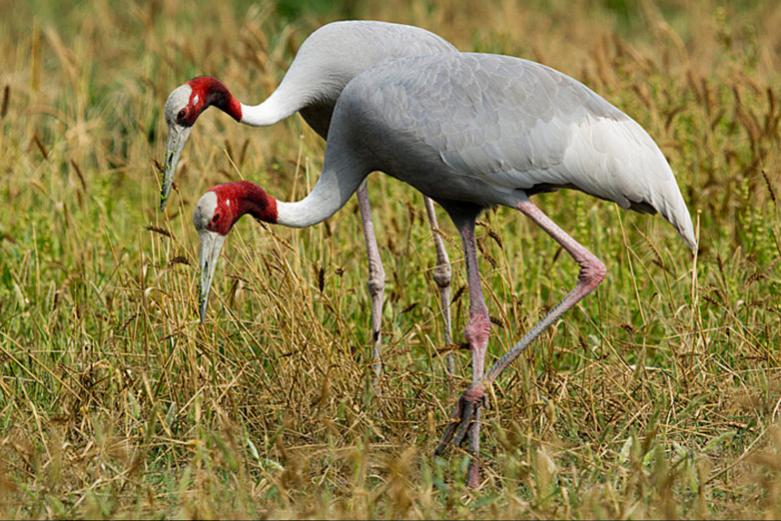 Keoledeo Ghana Bird Sanctuary (Bharatpur National Park)
Keoledeo Ghana Bird Sanctuary (Bharatpur National Park) -
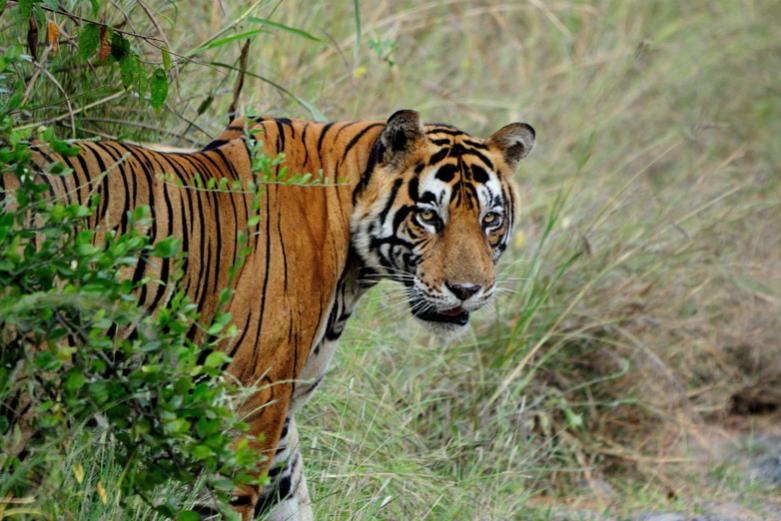 Sariska National Park, Alwar Alwar district in the state of Rajasthan.
Sariska National Park, Alwar Alwar district in the state of Rajasthan. -
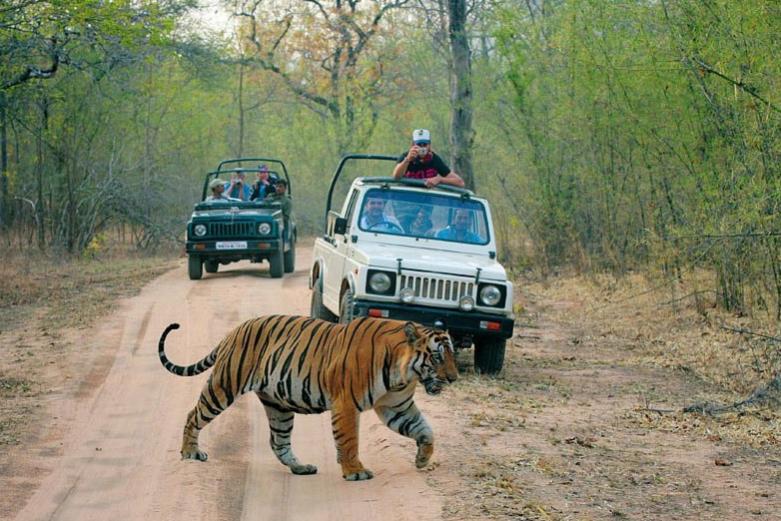 RANTHAMBORE NATIONAL PARK One of the prominent tiger park.
RANTHAMBORE NATIONAL PARK One of the prominent tiger park.

Jaisamand Sanctuary
The sanctuary is an expanse of dense woodland over a great area of 52 sq km. The leopard, hyena, jungle cat, fox and wolf include the predators of the sanctuary. Additional abundant animals here comprise sambar, chital, langur and chinkara. The Jaisamand Lake is the humble home of crocodiles, turtles and an amazing diversity of fish. Numerous living types of earthly and water-birds can also be seen here.

Kumbhalgarh Wildlife Sanctuary
The Kumbhalgarh Wildlife Sanctuary covers 578 sq km (223 sq miles) of the Aravalli Hills, west of the fort, on the leeward side. Panther, flying squirrel, wolf and many bird species can be seen here. The Kumbhalgarh Sanctuary will come as a surprise to those who see Rajasthan only as a desert state. These green tracts form the dividing line between the former states of Mewar and Marwar. Once the hunting grounds of royals, this area was declared a wildlife sanctuary in 1971. The diverse topography of the sanctuary adds to its charms. In its eastern part are ranges that loom over 3,478 ft, as well as the source of the River Banas. The Marwar plains are to the north-west of the sanctuary. The rainwater on the western slopes flows as small rivers such as Sukdi, Mithdi, Sumer and Kot, all of which are the tributaries of River Luni that ultimately merges into the Arabian Sea. The sanctuary is known to be home to chausinghas (four-horned antelopes), leopards, panthers and sloth bears .

Tal Chhapar Sanctuary
Tal Chhapar Wildlife Sanctuary is located on the borders of Thar Desert. The word 'Tal' appropriately means open and flat land. Extending out over an area of 1334 sq km, a humble house to an amazing diversity of wild birds, the Tal c is extensively famous for Black Bucks. The Tal Chhapar Wildlife Sanctuary more often than not remains enclosed by green lawns; trees are seen rarely in this large area .

Keoledeo Ghana Bird Sanctuary
A UNESCO World Heritage Site regarded as one of the world's most important bird sanctuaries, Keoladeo Ghana derives its name from Shiva temple (Keoladeo) within a dense forest (Ghana). This once-arid scrubland was first developed by Bharatpur's rulers in the mid-18th century by diverting the waters of a nearby irrigation canals to create a private duck reserve. Extravagant shooting for British viceroys and other royal guests were held here, and horrifying numbers of birds were shot in a single day. Today, the park spreads over 29 sq km (11 sq miles) of wetlands, and attracts a wide variety of migrant and water birds that fly in each winter from places as distant as Siberia. Keoladeo's dry area has mixed deciduous and scrub vegetation and is home to many animals, including the famed nilgai.

Sariska National Park, Alwar
Visit time

RANTHAMBORE NATIONAL PARK
Ranthambore National Park is full of history, having witnessed many battles played out on its land, and the rise and fall of many rulers. The chances of spotting a tiger in the wild at Ranthambore are amongst the best in India. In contrast with many national parks in India, Ranthambore is also really accessible and easy to get to. The landscape is dominated by the formidable 10th century Ranthambore Fort. It's a huge structure that contains ruined pavilions, splendid monuments, and three Hindu temples. Warning: Ranthambore is facing a lot of tourist pressure and safaris are not well managed.
 Need Quick Assistance ?
Need Quick Assistance ?  +91 9447749270
+91 9447749270  booking@merrygoldholidays.com
booking@merrygoldholidays.com